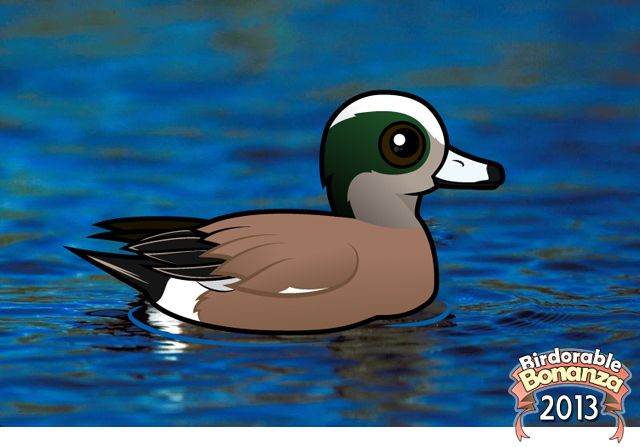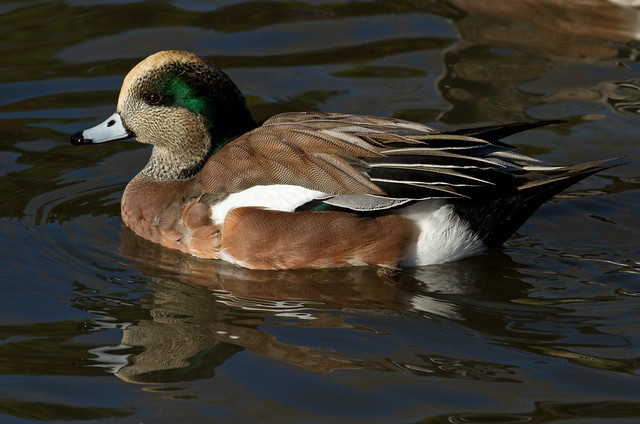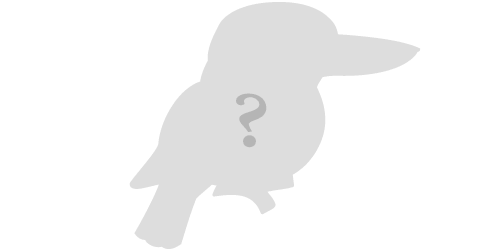2013 Bonanza Bird #4
The American Wigeon Joins Birdorable: A Duck with a 'Bald' Look
Happy Independence Day to all our American readers! As we continue with our exciting 2013 Bonanza, we're thrilled to be adding new birds daily throughout July. Today, we celebrate by introducing the American Wigeon, a special species as we approach our 500th Birdorable bird.

The American Wigeon is a striking species, particularly noted for its stunning male breeding plumage. One of the most distinctive features of the male American Wigeon is the shiny, thick green eyestripe that graces the cheeks, coupled with a prominent white stripe that extends from the top of the bill to the crown of the head. This unique pattern gives the bird a distinguished "bald" look, which was the inspiration behind its former name, the Baldpate, with 'pate' being an old term for 'head'.
These beautiful ducks belong to the category of dabbling ducks, a group known for their unique feeding technique. Unlike diving ducks that submerge completely, dabbling ducks feed by tipping forward in the water to graze on vegetation at the bottom of shallow waters. The American Wigeon, in particular, has a diet that is almost entirely vegetarian. This preference for plant matter sets them apart from many other duck species and is a fascinating aspect of their natural history.

American Wigeon by Tony Hisgett (CC BY 2.0)
Our next new Birdorable species is an over-sized kingfisher! Come back tomorrow to find out what it is!










Comments
Leave a comment
Thank you!